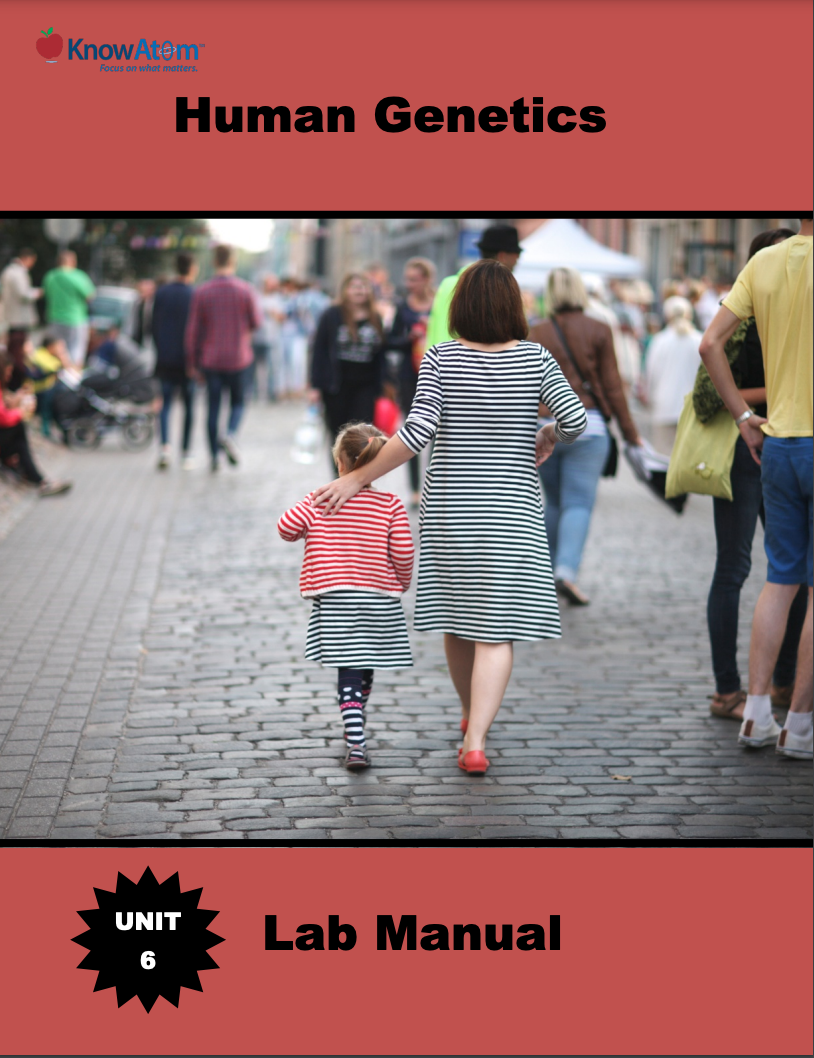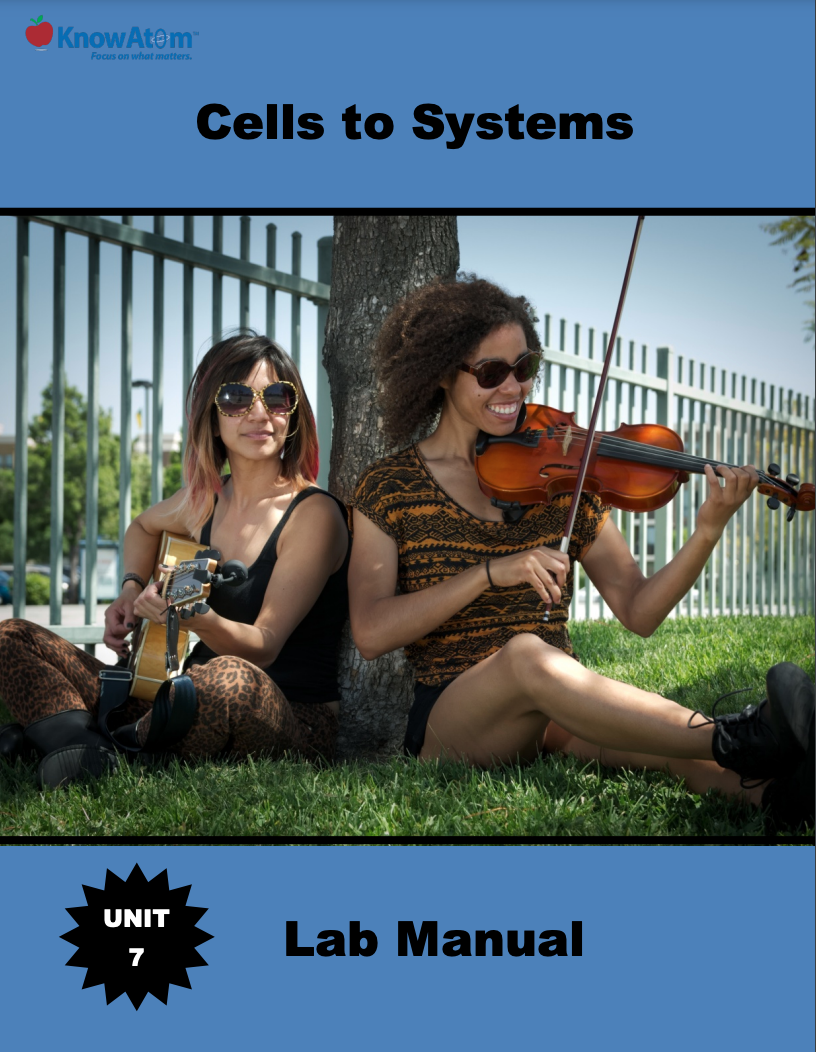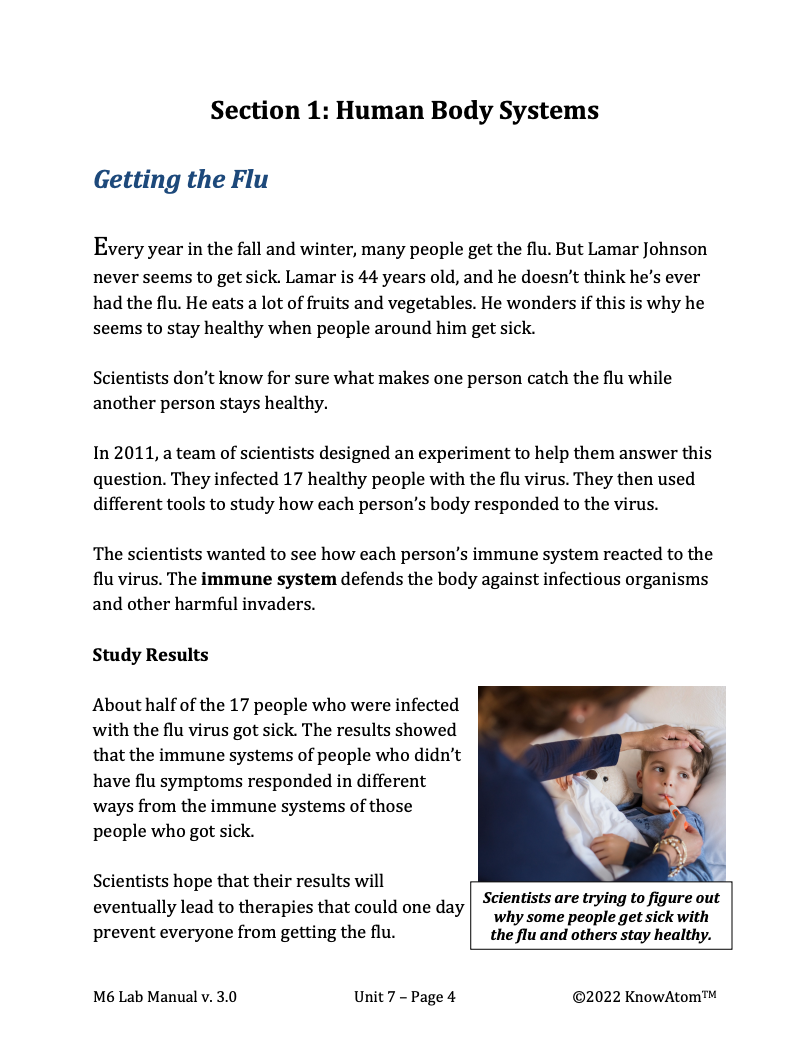
In this unit, students figure out connections between genes and heredity to evolution, focusing on figuring out the phenomena of how both genetic information and the environment influence how a population develops over time. Students investigate different kinds of evidence for life’s shared ancestry and then experiment with how adaptations help some organisms survive. Students end with an investigation into artificial selection.
.png)
In this unit, students explore the organisms that live on Earth’s surface, analyzing how living things are made of cells, which have certain requirements for survival, including food, water, and energy. In this lesson, students figure out the phenomena of energy transfer in living systems with a focus on how energy and matter flow through organisms. This page showcases excerpts from components of this lesson.
.png)
IIn this unit, students analyze the science phenomena of inheritance, how living things pass along their genes to offspring. Students evaluate the role of DNA and chromosomes in heredity, and compare the two forms of cell division: the phenomena mitosis and phenomena meiosis. This page shows key components of this lesson on reproduction.

In this unit, students focus on the structure and function of specialized cells, tissues, and organs in the phenomena of complex multicellular organisms, and they explore how the body processes information gathered by sensory receptors. In this lesson, they develop a model for a human organ system and then observe different human cells to understand how structure influences function. This page highlights each part of this lesson.

In this unit, students discover the structure and function of specialized cells, tissues, and organs in complex multicellular organisms, and they explore the phenomena of how the body processes information gathered by sensory receptors. This page is a high-level lesson extract.
Standards citation: NGSS Lead States. 2013. Next Generation Science Standards: For States, By States. Washington, DC: The National Academies Press. Neither WestEd nor the lead states and partners that developed the Next Generation Science Standards were involved in the production of this product, and do not endorse it.
